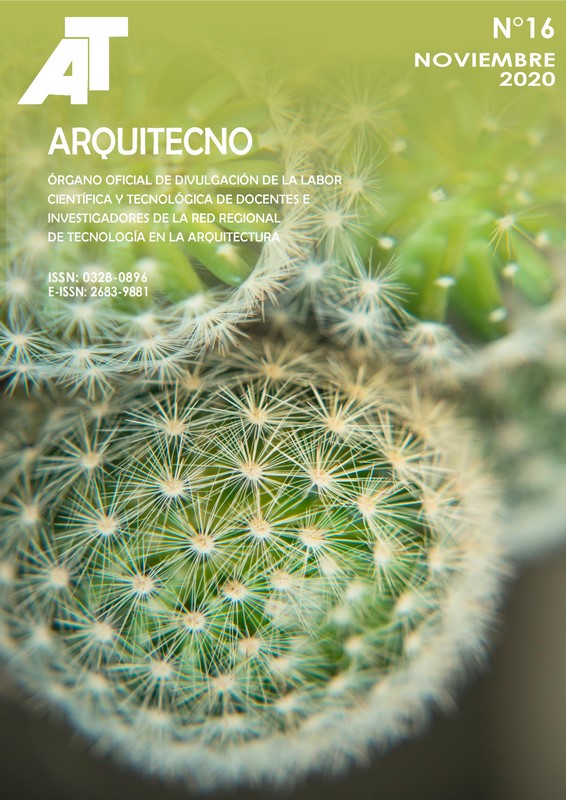Propuesta de diseño de una vivienda rural sostenible bio inspirada para el municipio de Paipa, Boyacá-Colombia
DOI:
https://doi.org/10.30972/arq.0164550Palavras-chave:
Bioclimática, biomímesis, desarrollo, frailejón, sostenibilidad.Resumo
El desarrollo arquitectónico en Colombia se ha concentrado en las grandes urbes y ha estado caracterizado por la implementación de metodologías adaptadas al consumo y que generan una disrupción del entorno y al consumo desmedido de recursos. La arquitectura sostenible busca mitigar el detrimento ambiental de las viviendas a través de elementos como la bioclimática y el uso de metodologías para el correcto manejo de los recursos. Es así como la biomímesis, área que estudia estructuras, sistemas y procesos presentes en la naturaleza para la resolución de problemas humanos, supone una fuente de inspiración para la arquitectura consciente. Como objetivo principal se planteó una propuesta de diseño de una vivienda rural bio inspirada en el Frailejón paipano (Espeletia paipana), que mitigara el impacto ambiental de la construcción y funcionamiento de esta. La vivienda diseñada posee una distribución modular y un sistema de condensación del agua inspirados en la conformación en roseta y la pubescencia del Frailejón, respectivamente. Así mismo, cuenta con metodologías de transformación y aprovechamiento de recursos para disminuir el deterioro del entorno y la demanda energética. En conclusión, se establece la posibilidad de apoyar el desarrollo rural responsable tomando como base el diseño biomimético y el territorio como fuente de inspiración.
Downloads
Publicado
Como Citar
Edição
Seção
Licença
Los autores ceden a Arquitecno los derechos de publicación de sus trabajos, toda vez que hayan sido admitidos como parte de alguno de sus números. Ellos, no obstante, retienen los derechos de propiedad intelectual y responsabilidad ética así como la posibilidad de dar difusión propia por los medios que consideren.





52.jpg)
